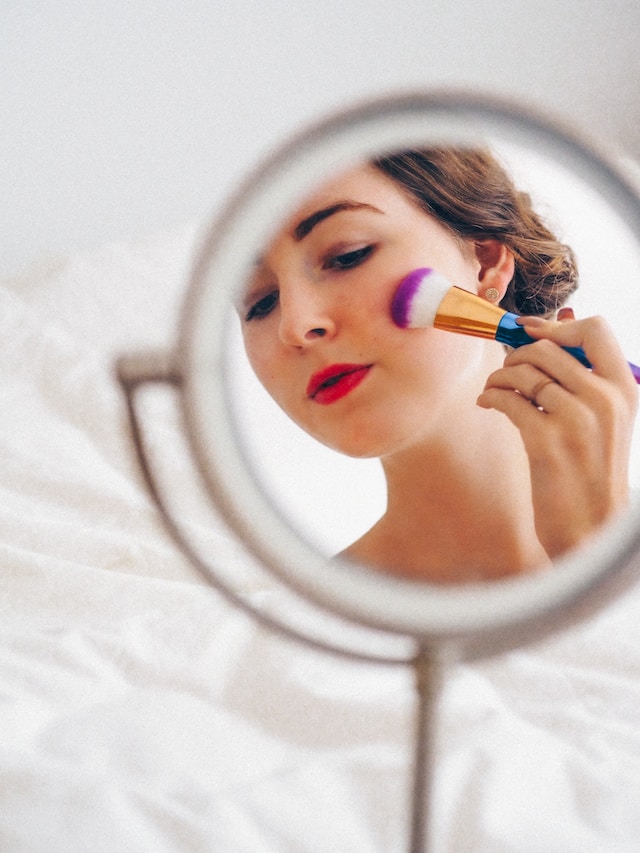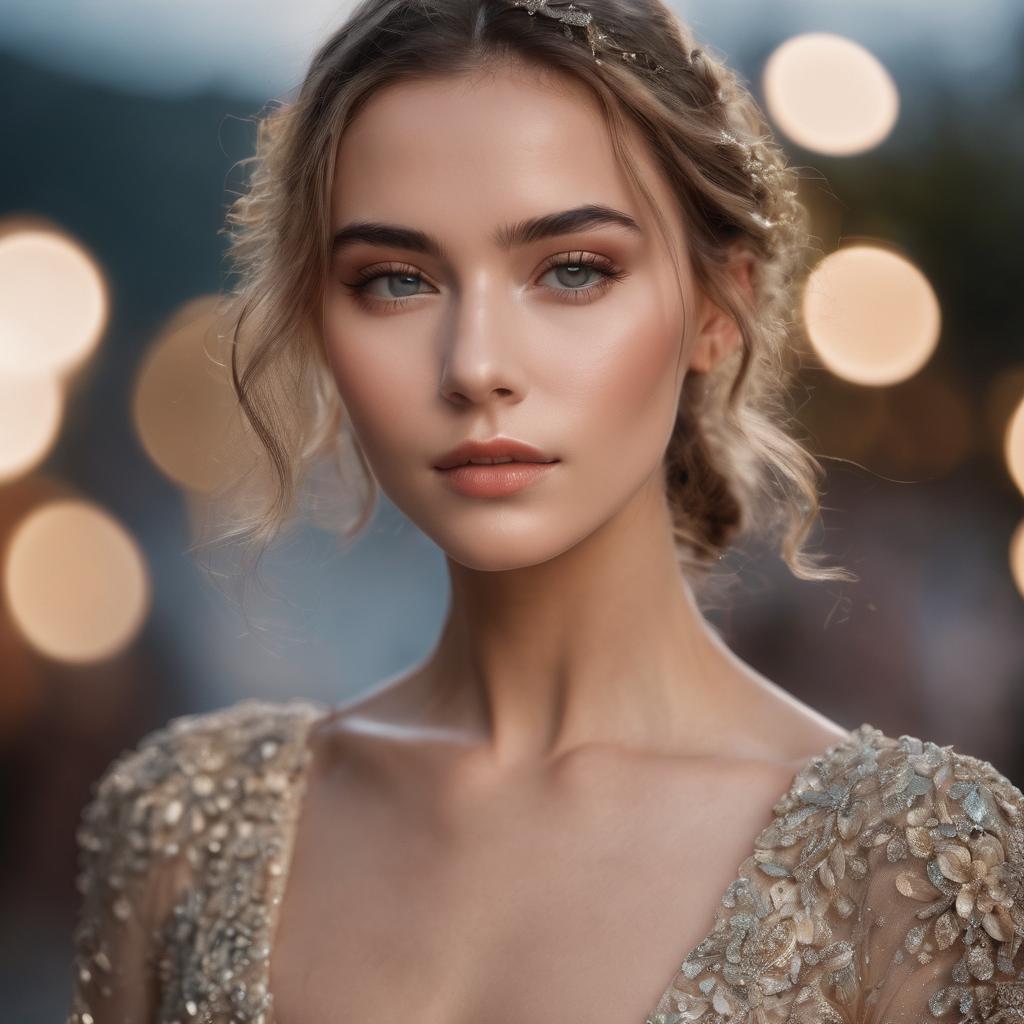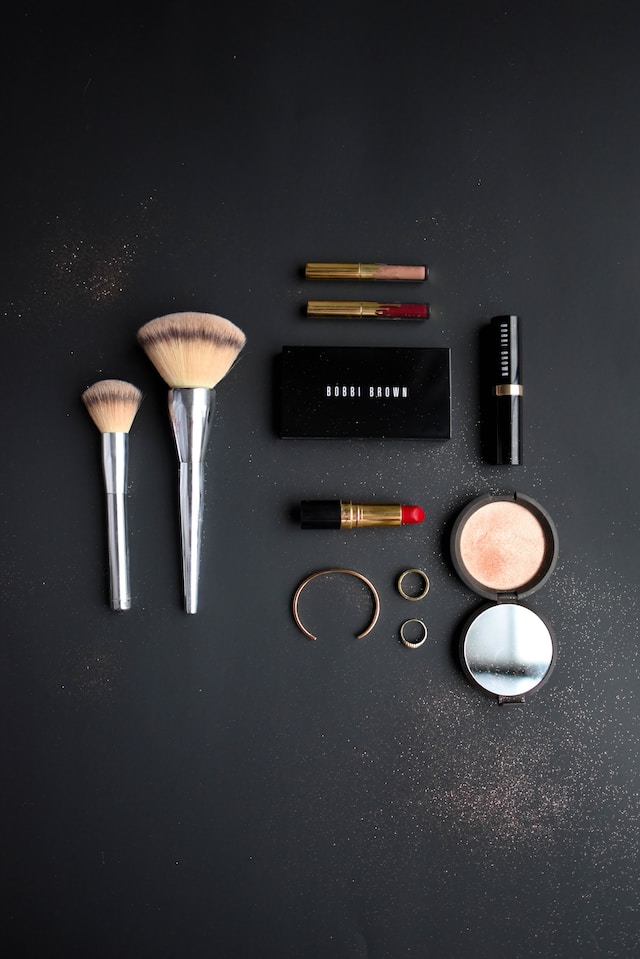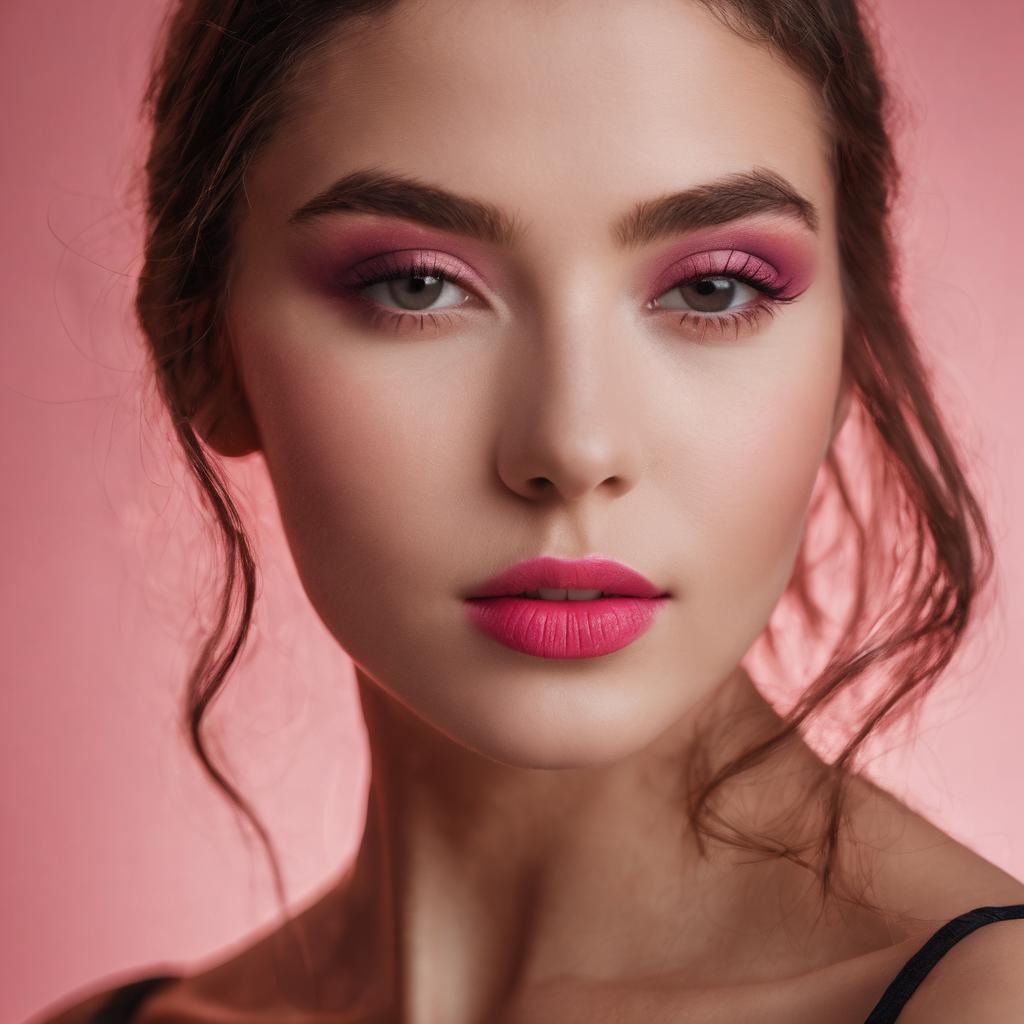The history of makeup is much older than most people realize. The first record of it was around 3500 BC, when hieroglyphics were used as a way to keep eyebrows and eyelashes from falling out. Fast-forward thousands upon thousands of years and we now have highly advanced makeup products that can do everything from hide wrinkles to give us the perfect shade of lip color for an evening out with friends. However, it wasn’t always this easy to get great looking skin: in fact, back in our ancestors’ day there were many different ways they tried (and failed) at making their faces look better—some more dangerous than others! Here are just some examples:
Contents
- 1 Lead
- 2 Mercury
- 3 Bismuth
- 4 Talc
- 5 Pigments, dyes and bleaches
- 6 Benzene and 1,4-dioxane in nail polish and other cosmetics
- 7 Methyl methacrylate (MMA) in nail polish and nail treatments.
- 8 Dibutyl phthalate (DBP), which appears in fragrances and hair sprays
- 9 Makeup companies need to do their part to be safe for the people who use their products.
- 10 Conclusion
Lead
Lead is a heavy metal that has been used in cosmetics since ancient times. It’s often found in lipsticks and nail polish, where it serves as an ingredient to color them. Lead can also be added to products as a preservative.
Lead can cause damage to the brain and nervous system, including learning disabilities in children. The effects of lead exposure include nausea, vomiting, abdominal pain and even death if high enough doses are ingested over time (or if someone has a weakened immune system).
Mercury
Mercury is a toxic metal that’s used in many cosmetics. It can be found in lipsticks, mascaras, eye shadows and eyeliners. Mercury has been linked to both neurological problems and skin irritation.
In the past it was common for women who wore makeup to use lead-based products which could cause lead poisoning if absorbed into their bodies through their pores or by touching their mouths after applying lipstick or other products with lead content on them.
Bismuth
Bismuth is a naturally occurring element that has been used in cosmetics as a thickener. It’s also found in some medications and has been linked to respiratory problems, skin irritation and ulcers.
Talc
Talc is a mineral that’s used in makeup to absorb oil. It can also be found in baby powder and other products meant to soothe sensitive skin.
It’s been linked to ovarian cancer, and its use in cosmetics products has been banned in the EU since 2013.
Pigments, dyes and bleaches
Pigments are used to color cosmetics, and they can be made from a variety of things, including minerals and plants. Some pigments are toxic–and can even cause allergic reactions or cancer.
In the earliest days of makeup history, women had no choice but to use whatever pigments they could find in nature. The most common were lead white (PbO) and ochre (Fe2O3), which were often mixed together as paints for painting faces orange or red respectively.
Benzene and 1,4-dioxane in nail polish and other cosmetics
Benzene and 1,4-dioxane are two chemicals that can be found in nail polish and other cosmetics. Both are known carcinogens, so it’s important to know if your products contain them.
Benzene is a chemical compound that has been linked to cancer of the blood (leukemia), bone marrow depression and organ damage when inhaled over time. It can also cause birth defects in pregnant women exposed to high levels during pregnancy or through breastfeeding if they eat food with benzene in it after giving birth. Benzene exposure has been shown to increase risk for non-Hodgkin lymphoma (NHL) by as much as 50%.
1,4-dioxane is a byproduct of ethoxylation during manufacturing processes for consumer products such as shampoos or body wash; however it cannot be removed from finished products using simple washing methods like rinsing under running water will not remove these contaminants from skin surface because they go deeper into pores where they remain until removed by special cleansing agents like sulfate free cleansers made specifically for this purpose such as those offered here at SkincareRx where all products meet strict guidelines set forth by regulatory agencies such as FDA (Food & Drug Administration), EPA (Environmental Protection Agency) etc…
Methyl methacrylate (MMA) in nail polish and nail treatments.
Methyl methacrylate (MMA) is a chemical that can cause cancer. It’s also used in nail polish and nail treatments, as well as paint and adhesives. In fact, MMA has been banned by the European Union since 2004 because it can cause birth defects when ingested by pregnant women.
Dibutyl phthalate (DBP), which appears in fragrances and hair sprays
- Phthalates are chemicals that are used to make plastic soft by adding flexibility to it. They can be found in many personal care products like shampoo, conditioner, shaving cream and lotion; however they have also been linked to birth defects, miscarriages as well as cancers of the reproductive system such as breast cancer and testicular cancer. DBP is also an endocrine disruptor meaning it interferes with your hormones which can lead to other health problems such as liver damage or asthma if you’re exposed over time through repeated use of these products where DBP is present such as some shampoos/conditioners etc..
Makeup companies need to do their part to be safe for the people who use their products.
As you can see, the makeup industry has a long way to go before it can be considered safe. But you don’t need to wait for it to get there. You can make your own choices about what products are right for you and your body, whether that means using no makeup at all or choosing brands that prioritize safety and transparency over profit margins.
If you’re looking for a brand with safe ingredients, look at their website or packaging labels carefully–they should list every ingredient in their product line so that customers know exactly what they’re getting themselves into when they buy something new. You should also check out reviews from other users who have tried out the product before buying; if there are too many people complaining about breakouts after application (or any other unexpected side effects), then maybe pass on that item until further notice!
Conclusion
The makeup industry has come a long way from its early days, but there’s still work to be done. We hope that you’ll take this knowledge and use it to make sure your next beauty purchase is as safe as possible.




